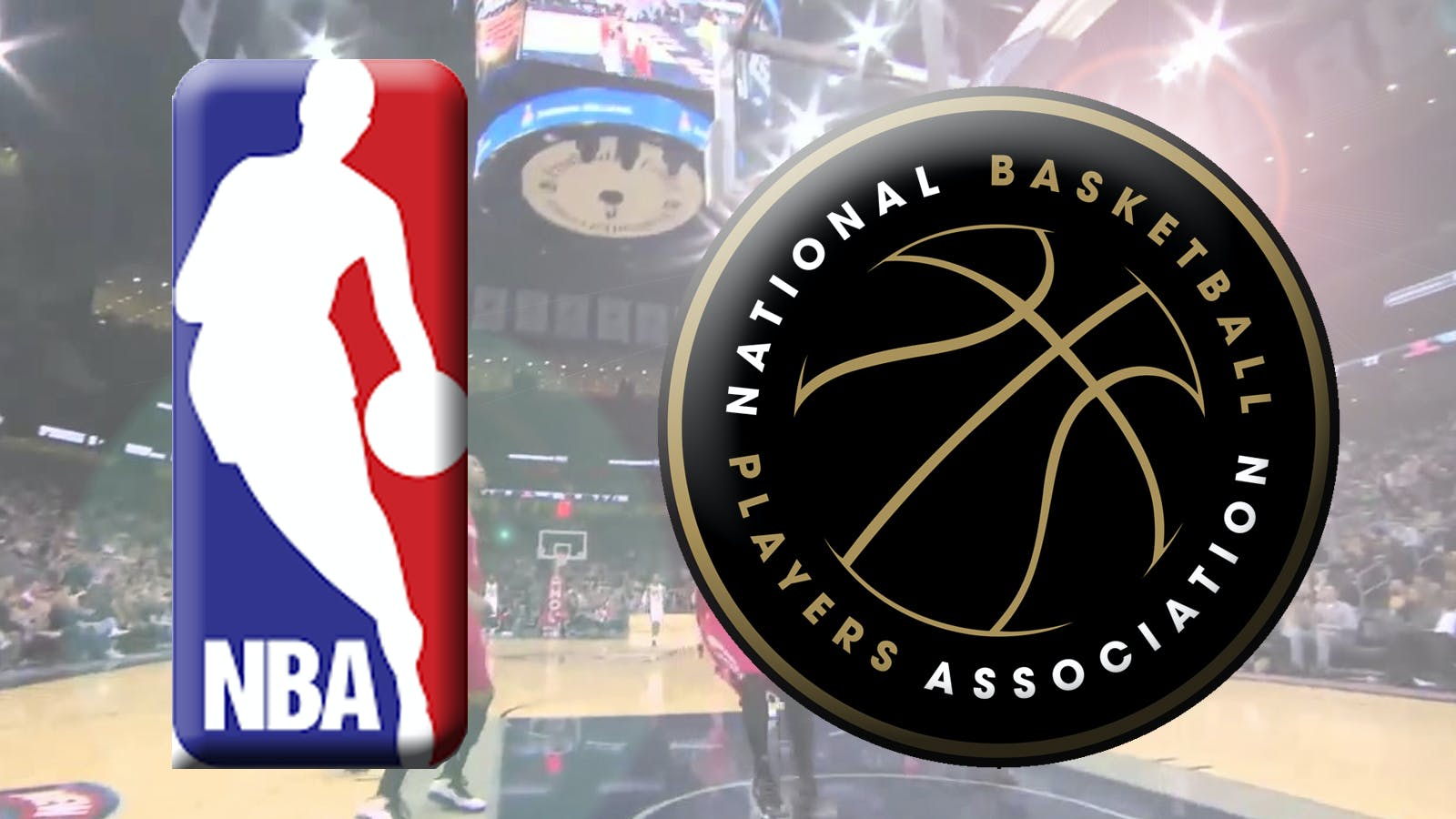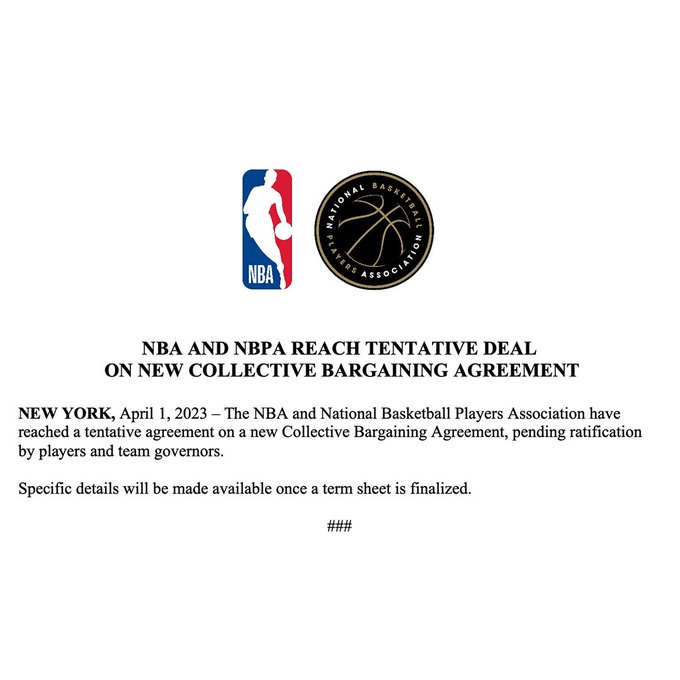The NBA’s “One-and-Done” rule states that players must be at least 19 years old and have completed one year of college or be at least one year removed from high school before they can enter the NBA draft.
The rule was implemented in 2006 and has remained in place for more than a decade, despite some criticism from fans and players alike.
Why do NBA players have to be 19?
The age requirement was put in place to encourage young players to attend college and develop their skills before entering the NBA. The rule also ensures that players have time to mature physically and emotionally before joining the league.
The NBA believes that players who spend a year in college or playing overseas are better prepared for the rigors of the NBA and will have a higher chance of success.
Fans reaction to unchanged “One-and-Done” rule in new CBA.
Many basketball fans are furious that the NBA and the National Basketball Players Association (NBPA) have decided to keep the “One-and-Done” rule in the new Collective Bargaining Agreement (CBA). Fans believe that the rule is outdated and unfair to young players who are ready to play in the NBA. They argue that players should have the freedom to enter the draft whenever they are ready, regardless of their age or college experience.
Let these kids get their $$$ !
— John Frascella (Football) (@LegendSports7) March 31, 2023
The rest of the World will continue to develop better players because we allow our heuristics to govern us
— Truth Serum🫠 (@theBrokeLab) March 31, 2023
The decision to keep the rule has also sparked a debate about the role of college basketball in developing young talent. Some fans argue that the rule is forcing top prospects to play in college for a year, even if they don’t want to, and that this is hurting the quality of play in college basketball.
LAME. Let them enter the draft and let the teams decide whether to roll the dice or not. There are players out there who are ready after high school.
— The Trainer’s Take (@thetrainerstake) March 31, 2023
https://twitter.com/chriskillingit/status/1641854708074545174
Others argue that college basketball provides valuable experience and exposure for young players and that the rule is helping to protect them from the pressures of professional basketball.
Overall, the decision to keep the “One-and-Done” rule has disappointed many basketball fans who were hoping for a change in the CBA. The debate over the rule is likely to continue, as fans, players, and the league try to find a way to balance the interests of young players, college basketball, and the NBA.
What is the new collective bargaining agreement reached between the NBA and National Basketball Players Association and what are the key elements of the deal?
The NBA and National Basketball Players Association have agreed to a new seven-year collective bargaining agreement, promising labor peace through the rest of the decade. The tentative deal, which starts with the 2023-24 season, was announced by the league and union and is expected to be ratified by league governors and players in the coming weeks.
Some of the key elements of the new collective bargaining agreement include the NBA curbing the ability of the highest-spending teams to continue running up salary and luxury tax spending while still maintaining mechanisms to add talent to the roster, including the implementation of a second salary cap apron, and teams losing several key team building mechanisms.
The new CBA also focuses largely on increasing opportunities for the vast majority of teams, both above and below the salary cap, including larger trade exceptions and new and expanded exceptions to the salary cap, and a less punitive system for teams at the lower end of the luxury tax.
The NBA is tying eligibility for postseason awards such as All-NBA teams and MVP to a mandatory 65 games played in an attempt to curb load management and lost games among star players. Additionally, there will be an in-season tournament, which could arrive as soon as the 2023-24 season, and the event will include pool-play games baked into the regular-season schedule starting in November.
The NBA and NBPA agreed to increase the upper limits on extensions from a 120% increase on a current deal to 140%, which could have a significant impact on the futures of stars like Celtics forward Jaylen Brown. The NBA and NBPA also agreed to eliminate restrictions that limited a team to two designated super-max contract players on a roster.
The team and league licensing revenue will be added to the shared pool of Basketball Related Income (BRI) for the first time since the inception of the modern CBA in 1983, and there is an increase in two-way contract slots, jumping from two to three per team.









